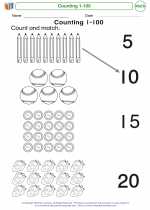Diagonals
In geometry, a diagonal is a line segment that connects two non-adjacent vertices of a polygon. The term "diagonal" is commonly used to refer to the line segments that form an "X" shape within a polygon.
The number of diagonals in a polygon can be determined using the formula:
number of diagonals = n(n-3)/2
Where n represents the number of sides in the polygon. For example, a quadrilateral (4-sided polygon) has 2 diagonals, a pentagon (5-sided polygon) has 5 diagonals, and so on.
Diagonals have several properties and applications in geometry. For instance, in a rectangle or a square, the diagonals are congruent and bisect each other. In a regular polygon, the number of diagonals can be used to calculate the total number of line segments that can be drawn connecting the vertices.
Understanding diagonals is important in geometry as it helps in analyzing the internal structure of polygons and determining various geometric properties.
Overall, diagonals play a significant role in the study of polygons and can be a useful concept in solving geometric problems and proofs.
[Diagonals] Related Worksheets and Study Guides:
.◂Math Worksheets and Study Guides Kindergarten. Counting 1-100

 Coloring Worksheet
Coloring Worksheet
 Worksheet/Answer key
Worksheet/Answer key
 Worksheet/Answer key
Worksheet/Answer key
 Worksheet/Answer key
Worksheet/Answer key
 Worksheet/Answer key
Worksheet/Answer key
